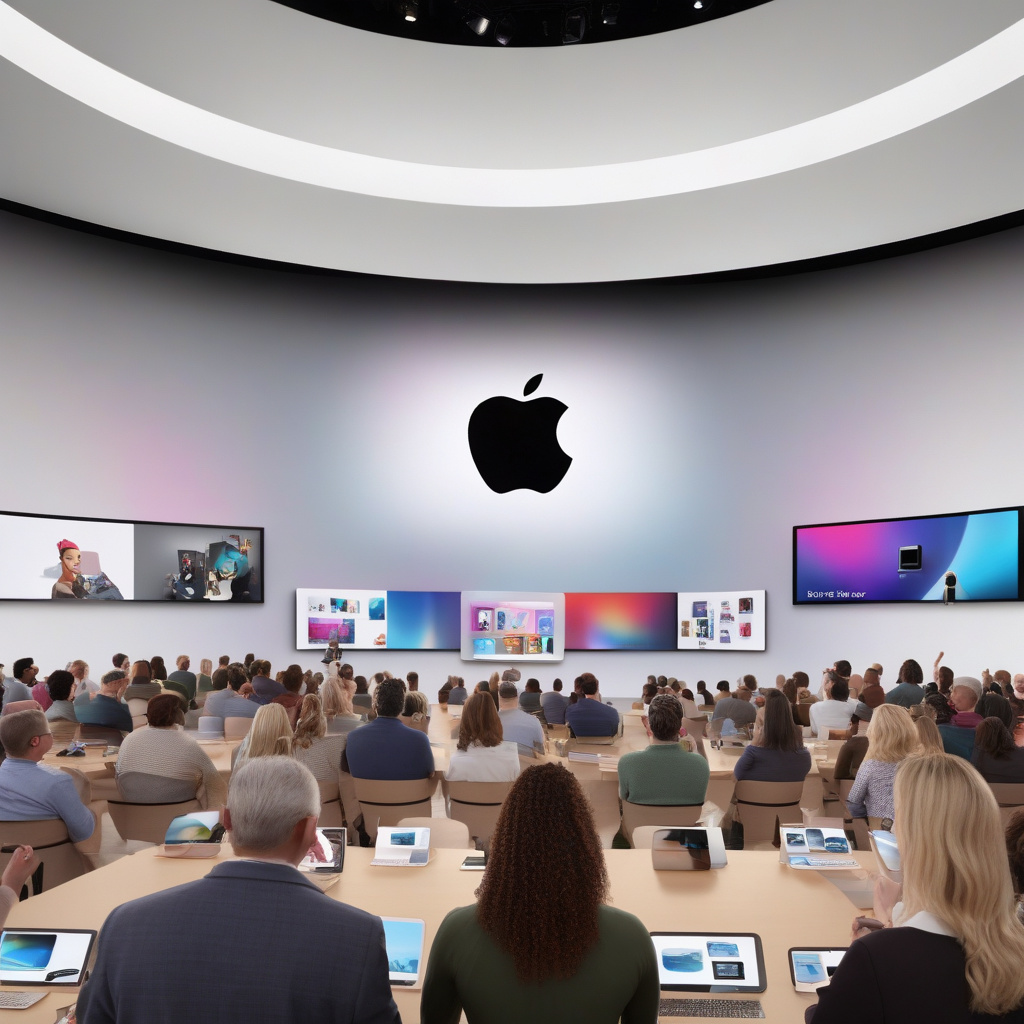Apple Unveils Liquid Glass Design for Unified Software Update
Apple recently made waves in the tech world by unveiling its innovative Liquid Glass design. This translucent interface material is set to revolutionize the user experience across all Apple devices, including iOS, macOS, watchOS, iPadOS, and tvOS. By introducing this new design concept, Apple aims to unify its software updates and provide users with a seamless and visually dynamic experience.
The Liquid Glass design represents a significant shift in Apple’s approach to software aesthetics. Unlike traditional interfaces that are static and uniform, Liquid Glass is dynamic and adaptable, allowing for a more personalized and engaging user experience. This new design language is characterized by its fluidity and transparency, creating a sense of depth and dimensionality that is both functional and visually appealing.
One of the key advantages of the Liquid Glass design is its ability to create a unified experience across all Apple devices. Whether you’re using an iPhone, a Macbook, an Apple Watch, an iPad, or an Apple TV, the interface will look and feel consistent, making it easier for users to navigate and interact with their devices. This consistency not only enhances the overall user experience but also streamlines the software update process, ensuring that all devices are always up to date with the latest features and improvements.
In addition to its unified design language, Liquid Glass also introduces a range of new visual elements that add depth and realism to the user interface. For example, app icons and widgets appear to float above the screen, casting subtle shadows and reflections that mimic real-world objects. This attention to detail creates a more immersive and engaging user experience, making it feel as though you are interacting with physical objects rather than digital icons.
Furthermore, the dynamic nature of the Liquid Glass design allows for interactive elements that respond to user input in real-time. For example, buttons and controls may change color or shape when touched, providing visual feedback that enhances the overall usability of the interface. These subtle animations and transitions not only make the user experience more intuitive but also add a touch of delight and personality to the software.
Overall, Apple’s Liquid Glass design represents a significant step forward in the evolution of software aesthetics. By unifying the user experience across all Apple devices and introducing dynamic visual elements, Apple is setting a new standard for design innovation in the tech industry. As other companies continue to follow suit, we can expect to see more cohesive and engaging user interfaces that prioritize both form and function.
In conclusion, Apple’s Liquid Glass design is a game-changer for software aesthetics, offering a unified and visually dynamic experience across all Apple devices. With its fluidity, transparency, and attention to detail, Liquid Glass sets a new standard for design innovation in the tech industry, paving the way for a more immersive and engaging user experience.
Apple, Liquid Glass, Software Update, User Experience, Design Innovation
